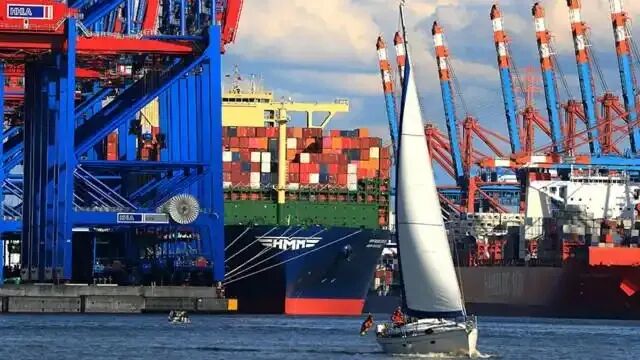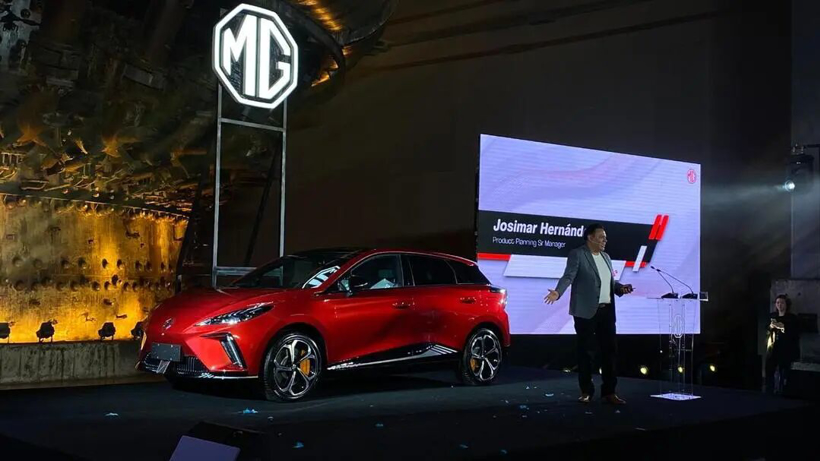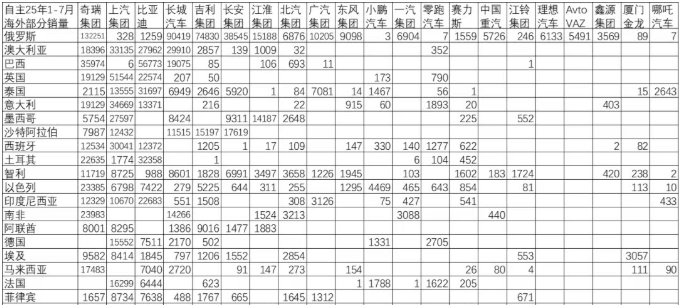Fearful Of China’s Cars, Mexico Takes Action!
Following the EU, Mexico suddenly announced: We will raise tariffs on imported cars from China, up to 50%!
The reason for this approach is that the price of cars arriving in Mexico is lower than the reference price stated by Mexico. A more ostensible reason is to protect local employment.
Objectively speaking, if foreign products are priced too low, it will indeed affect the sale of local products. When local products struggle to sell, it impacts factory production, which in turn can lead to employment issues. The domino effect is quite frightening.

According to reports, the price of a Tiggo 4 Pro in Mexico is 399,900 Mexican Pesos, equivalent to a starting price of 154,000 RMB; an MG4 starts at 194,000 RMB in Mexico, with the top configuration reaching up to 295,000 RMB. Such pricing can only be described as too high!
Others might consider it low, but we think it's high. This situation actually also occurred in Russia, roughly because of "underpricing," and they adopted some protective policies to prevent local enterprises from suffering devastating impacts.

Mexico is China's second-largest trading partner in Latin America, while China is Mexico's third-largest export destination. Data shows that from January to July 2025, Mexico was among the top ten overseas markets for Chinese car exports. However, like Russia, it has shown a downward trend, while sales in Southeast Asia and Europe have increased year-on-year.
Currently, car companies that are selling well in Mexico include SAIC, JAC, Changan, Great Wall, and Chery, with sales from January to July reaching 27,597 units, 14,187 units, 9,311 units, 8,424 units, and 5,754 units respectively. In terms of new energy vehicles, BYD is also gradually entering the Mexican market.

Recently, at the Munich Auto Show in Germany, Chinese automotive brands showcased new cars and technologies, attracting the attention of foreign visitors. The three German giants—Mercedes-Benz, BMW, and Audi—have collectively faltered in the wave of new energy vehicles. However, even though executives are already aware of their backwardness and shortcomings, how can they easily achieve a "turnaround" given their established systems and structures in order to mount a counterattack?
In such circumstances, using tariffs as a weapon to retaliate and protect domestic enterprises has become the primary means.

According to data from Central European automotive trade, "the average export price of Chinese electric vehicles to Europe has risen from 18,000 euros in 2020 to 36,000 euros in 2025." Clearly, with the increase in premium pricing, Chinese cars are not relying on low prices in overseas markets; rather, the rise in premium indicates a simultaneous enhancement of brand strength. This is particularly fatal for foreign brands.
Europe is scared, and Mexico is also scared.
【Copyright and Disclaimer】The above information is collected and organized by PlastMatch. The copyright belongs to the original author. This article is reprinted for the purpose of providing more information, and it does not imply that PlastMatch endorses the views expressed in the article or guarantees its accuracy. If there are any errors in the source attribution or if your legitimate rights have been infringed, please contact us, and we will promptly correct or remove the content. If other media, websites, or individuals use the aforementioned content, they must clearly indicate the original source and origin of the work and assume legal responsibility on their own.
Most Popular
-

Zf asia-pacific innovation day: Multiple Cutting-Edge Technologies Launch, Leading Intelligent Electric Mobility
-

Mexico officially imposes tariffs on 1,400 chinese products, with rates up to 50%
-

List Released! Mexico Announces 50% Tariff On 1,371 China Product Categories
-

Fire at Sinopec Quanzhou Petrochemical Company: 7 Injured
-

Argentina Terminates Anti-Dumping Duties on Chinese PVC Profiles! Kingfa Technology & Siemens Sign Digital and Low-Carbon Cooperation Agreement






